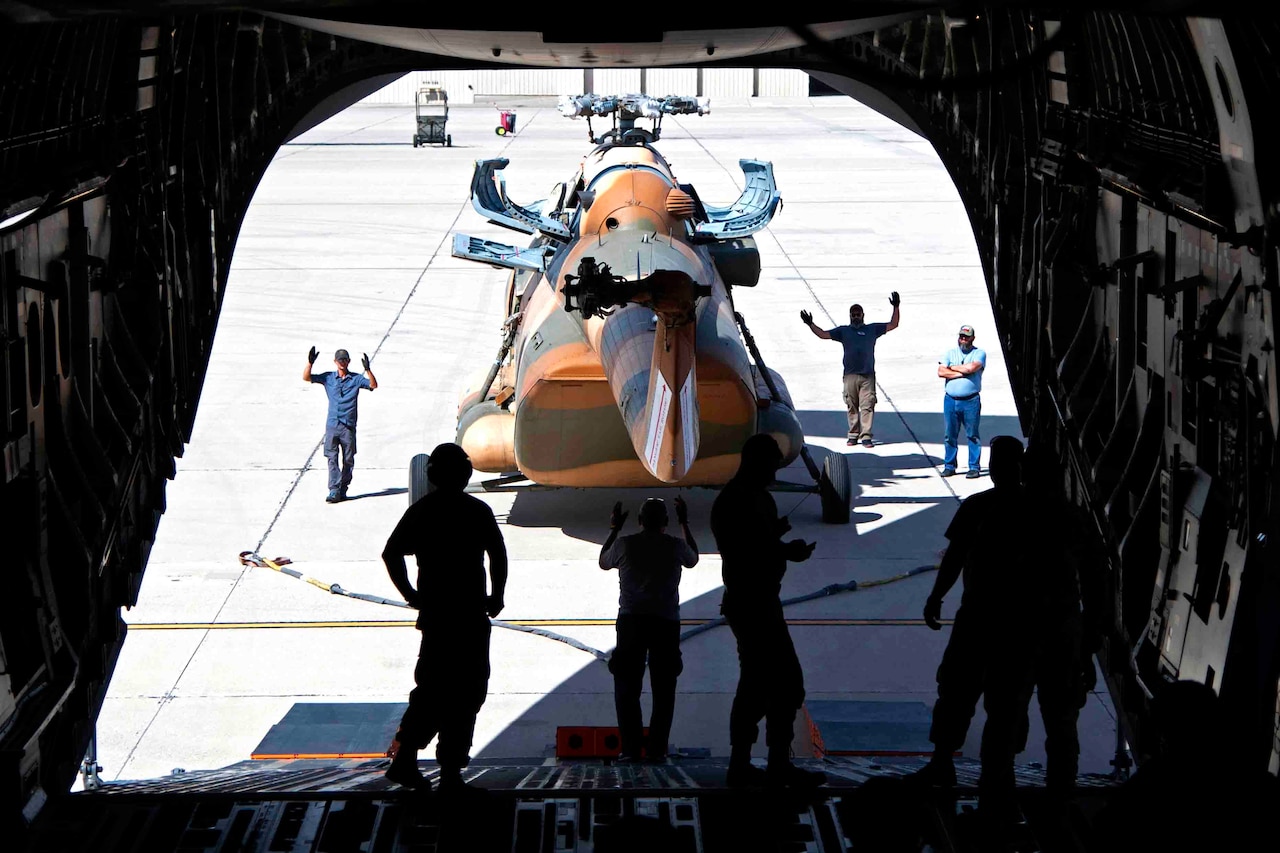1. War going poorly? The Duma vote is designed for domestic consumption in Russia.
2. A new law passed is introducing concepts of mobilisation and martial law, bring Russia much closer to full mobilisation. It stipulates harsh penalties for failing to report for military duty, surrendering, or refusal to fight. The Duma vote and referendum announcement is part of a new Russian contingency planning to gear up for an all-out war, unless Ukraine and the West back down — but Ukraine cannot back down as they are entirely within their own territory.
3. Putin is taking some heat for the recent rout of the Russian military — this new law seems to be Putin’s plan to lose harder.
(e) It seems that Putin wants to prolong the agony of Ukrainians without providing any real chance of a Russian victory.
4. SEAD done — as a result Ukraine conducted 15 Close Air Support missions against Russian troop concentrations in the Kherson.
2. A new law passed is introducing concepts of mobilisation and martial law, bring Russia much closer to full mobilisation. It stipulates harsh penalties for failing to report for military duty, surrendering, or refusal to fight. The Duma vote and referendum announcement is part of a new Russian contingency planning to gear up for an all-out war, unless Ukraine and the West back down — but Ukraine cannot back down as they are entirely within their own territory.
3. Putin is taking some heat for the recent rout of the Russian military — this new law seems to be Putin’s plan to lose harder.
(a) Russian President Putin has suffered “epic fails” on all his war aims, namely, removing Ukrainian President Zelenskyy, capturing Kyiv, dividing NATO and holding onto Kharkiv. In Feb to Apr 2022, the Russians had an advantage in resources; with the early view that the quantity of their force provides a quality all its own, their equipment while not great, could work in theory, their artillery and long range fires are devastating.
(b) After months of fighting with Spetsnaz, Airborne, 190 plus BTGs, the Russians failed to achieve their tactical objectives. To make matters worse, from May to Aug 2022, this advantage in resources slowly evaporated as Western arms delivery stepped up.
(c) As Major Gen. (retired) Mick Ryans said the Ukrainians have adopted what he has described elsewhere as a strategy of corrosion. They have attacked the Russians at their weak points constantly, destroyed their logistics, and slowly killed as many Russian battlefield leaders as possible; and this finally led to the central question of the Russo-Ukraine War:
Q: Can Ukraine undertake the offensives required to liberate their people & reoccupy their territory?
The Ukrainians have answered this question with their Kharkiv offensive. In a blunt assessment of Russia in Ukraine, Richard Moore of MI6 tells CNN Russia is “about to run out of steam” and “over the next few weeks, they will have to pause in some way and that will give the Ukrainians opportunities to strike back.”
(d) On the performance of Russian intelligence, Moore was critical. “If I reflect on our Russian counterparts, like the Russian military, I don’t think they’re having a great war. They clearly completely misunderstood Ukrainian nationalism.”
(e) It seems that Putin wants to prolong the agony of Ukrainians without providing any real chance of a Russian victory.
4. SEAD done — as a result Ukraine conducted 15 Close Air Support missions against Russian troop concentrations in the Kherson.
Last edited:


